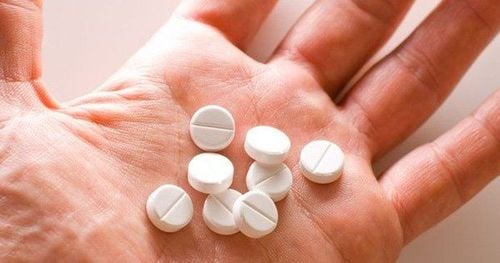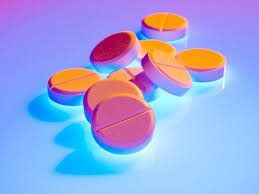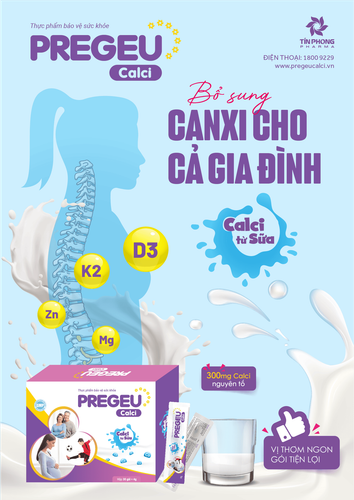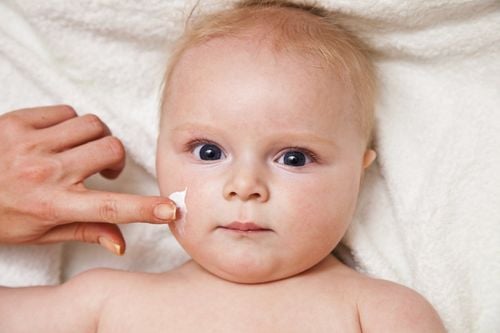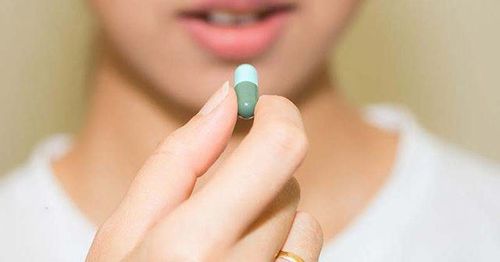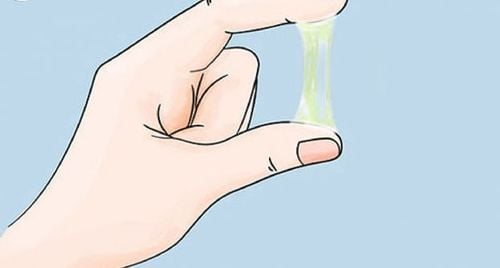This is an automatically translated article.
The article was professionally consulted by Cardiologists, Department of Medical Examination & Internal Medicine, Vinmec Hai Phong International General Hospital.Blood pressure is measured with a blood pressure cuff around an arm or leg, which is the force of blood pushing against the artery walls. Understanding normal blood pressure levels can help you assess the health of your cardiovascular system. So what is normal blood pressure in children and what blood pressure problems can occur in children. Refer to the article below for more information on blood pressure readings and to prevent abnormalities when this number changes, especially in children.
1. Normal blood pressure in children
Normal blood pressure readings in children vary depending on the child's age, sex, and height. In general, normal blood pressure is higher for men and increases with age and height, but a normal number must be determined by looking at a chart. Many doctors recommend regular blood pressure readings starting at age 3.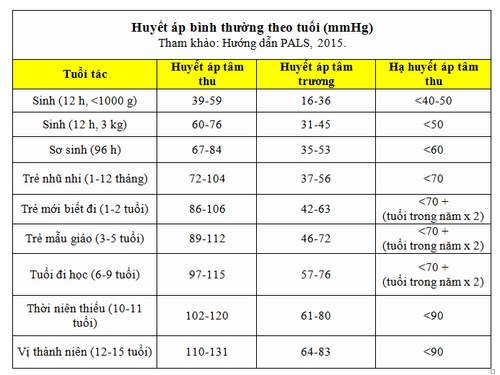
Chỉ số huyết áp ở trẻ em
2. Abnormal blood pressure readings in children
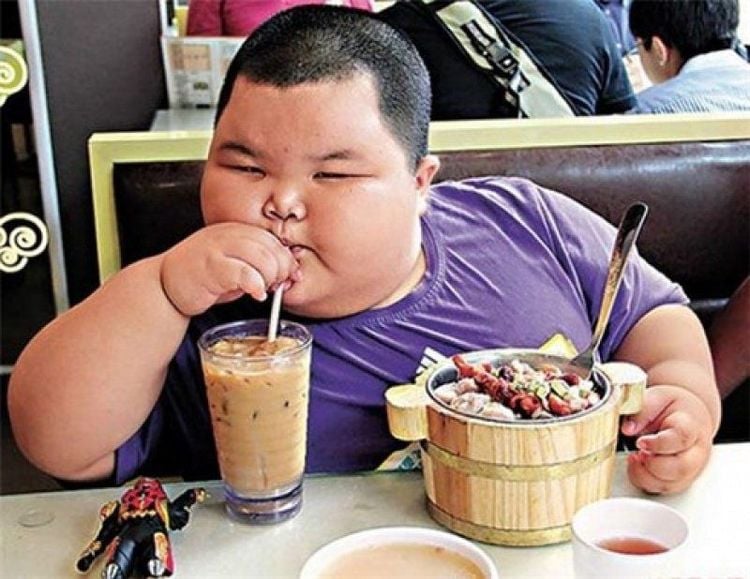
Huyết áp cao ở trẻ em thường liên quan đến béo phì
High blood pressure in a child under 6 Age is usually caused by a medical condition. Older children can develop high blood pressure for the same reasons as adults: overweight, poor nutrition, and inactivity.
Causes of hypertension in children are also divided into primary and secondary hypertension.
Primary hypertension occurs on its own, with no identifiable cause. This type of high blood pressure occurs more often in older children, usually 6 years of age or older. Risk factors for developing primary hypertension include:
Being overweight or obese Having a family history of high blood pressure. Have type 2 diabetes or high fasting blood sugar Have high cholesterol Eat too much salt Be Black or Hispanic Male Gender Smoke or be exposed to secondhand smoke Being sedentary
Trắc nghiệm: Huyết áp của bạn có đang thực sự tốt?
Huyết áp cao hay thấp đều ảnh hưởng đến tình trạng sức khỏe con người. Để biết tình trạng huyết áp của bạn có thực sự tốt không, hãy làm bài trắc nghiệm sau đây để đánh giá.Other causes include:
Chronic kidney disease, Polycystic kidney disease Heart problems, such as severe aortic stenosis (coarctation) Adrenal disorders Disease hyperthyroidism Pheochromocytoma, a rare tumor in the adrenal gland Renal artery stenosis Sleep disturbances, especially sleep apnea Certain medications, such as decongestants, birth control pills, and steroids Medications, such as cocaine
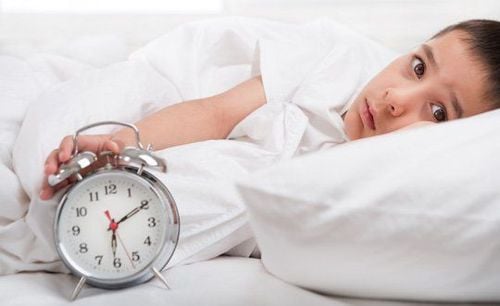
Rối loạn giấc ngủ, đặc biệt là ngưng thở khi ngủ là một trong nhiều nguyên nhân gây tăng huyết áp thứ phát
2.2 Low blood pressure in children Low blood pressure or hypotension is a condition in which blood pressure is lower than normal. That means the heart, brain, and other parts of the body aren't getting enough blood. Low blood pressure in children is curable, but it is important to diagnose its cause to determine treatment.
Causes of low blood pressure in children include:
Dehydration: Dehydration is a condition that occurs due to an imbalance between the amount of water a child consumes and the amount of fluids the body needs to function at its best. It can be a side effect of fever, severe diarrhea, or excessive sweating. Reduced fluid reduces blood volume and leads to hypotension. Medications: Certain medications and health supplements can dilate blood vessels and lower blood pressure. Anemia: Anemia is another major cause of low blood pressure in children. Adrenal insufficiency: Adrenal insufficiency is an impairment in the production and release of hormones necessary for the body's functioning. Postural change: Orthostatic hypotension occurs due to a sudden change in the position of the body. It usually happens when a child stands up after lying down for a while. For example, low blood pressure that lasts only a few seconds or minutes. Shock: It is a fatal condition where blood pressure is minimal and life cannot be sustained. It can be due to low blood volume, heart abnormalities, or excessive dilation of blood vessels.
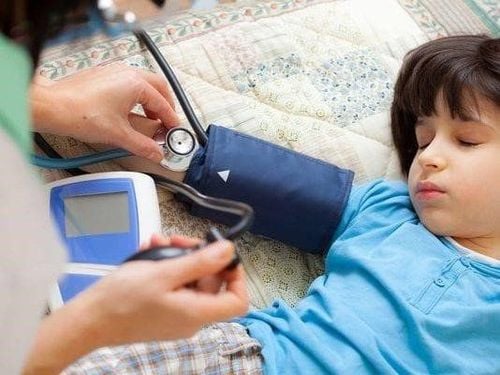
Huyết áp thấp ở trẻ em rất nguy hiểm nếu không chẩn đoán được nguyên nhân
3. What to do to treat and prevent blood pressure in children?
3.1 Treating High Blood Pressure in Children If not treated early and properly, childhood hypertension can lead to stroke, heart attack or kidney failure. It is important for children to easily control their blood pressure levels, thereby preventing the risk of complications.
Change in diet: The diet recommends that children eat less saturated fat and increase their portions of vegetables, fruits, and whole grains. Physical activity: You should exercise or play sports for at least an hour a day, combined with endurance activities (running) about 3 times per week. Medication: Usually, doctors will not give preference to prescribing medications specifically for high blood pressure in children. However, when lifestyle changes do not bring positive results, this will be a necessary supplement for children. Some typical medications used for children with high blood pressure include: diuretics, angiotensin-converting enzyme inhibitors or beta-blockers. Dosage for children should always be adjusted to the age and weight of the child. Consult your doctor when your child must take medication for high blood pressure. 3.2 Treatment of low blood pressure in children The treatment of blood pressure depends entirely on the cause and the underlying symptoms. Most cases of low blood pressure can be treated at home.
Hypotension due to dehydration is relatively mild and reversible. Your pediatrician will recommend giving your child more fluids to treat dehydration. If your child is having low blood pressure due to certain medications, the doctor will change the dosage or will switch to a different medication. Do not stop giving your child medicine without talking to the doctor. Severe hypotension from shock may require urgent medical attention in the form of: Children in shock may need more blood or children may need medication to improve heart strength and blood pressure In short, just High or low blood pressure numbers in children are always a concern for parents. To know how the child's health is, parents can take the initiative to measure their child's blood pressure (if the child is 3 years old or older), in addition, if there are abnormal symptoms, take the child to the doctor. at medical facilities for timely treatment.
At Vinmec International General Hospital, we always deploy general health checkup packages for children to help check the baby's health, advise parents on nutrition and prevent diseases so that their children can develop. overview.
Please dial HOTLINE for more information or register for an appointment HERE. Download MyVinmec app to make appointments faster and to manage your bookings easily.




